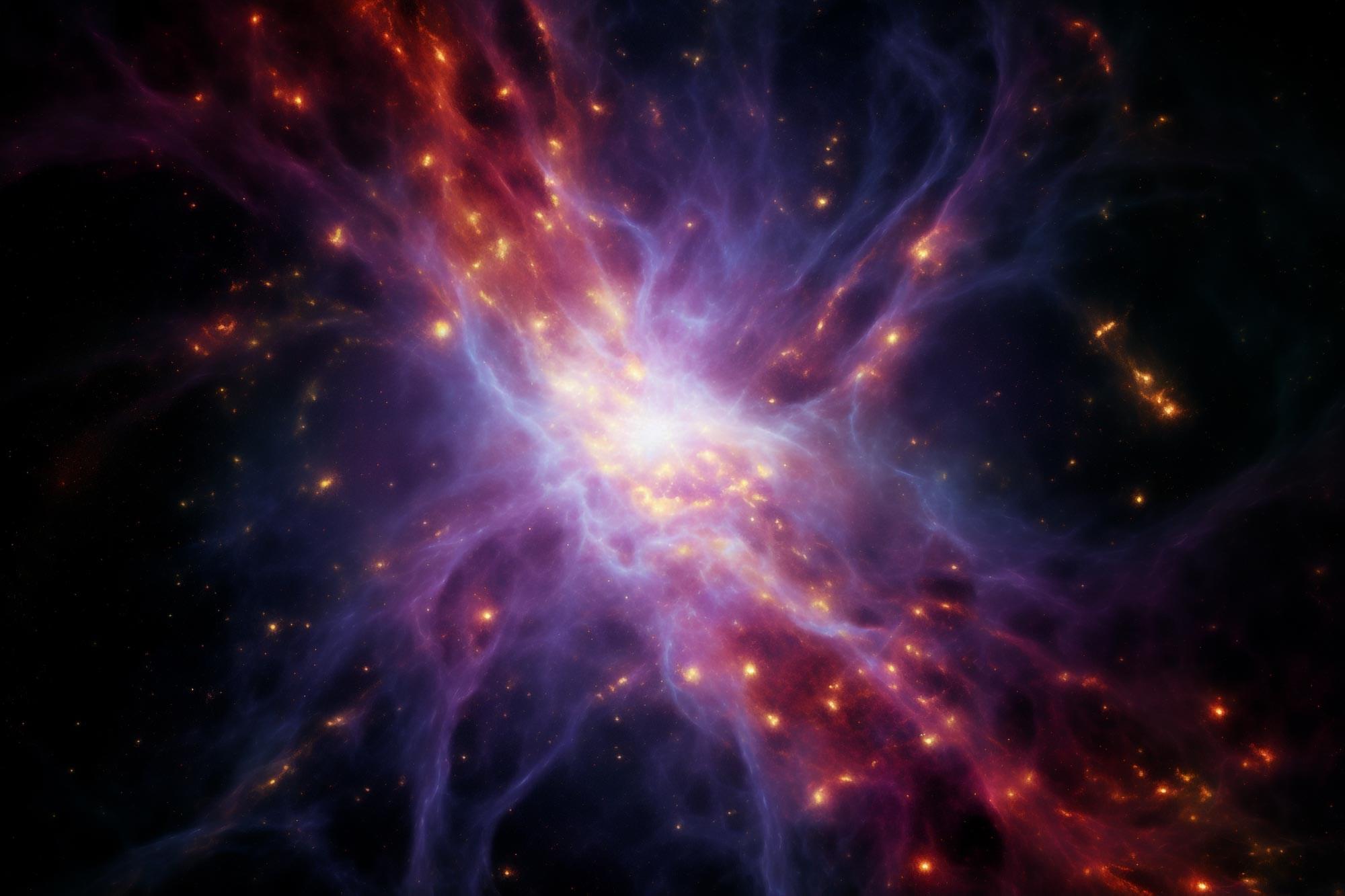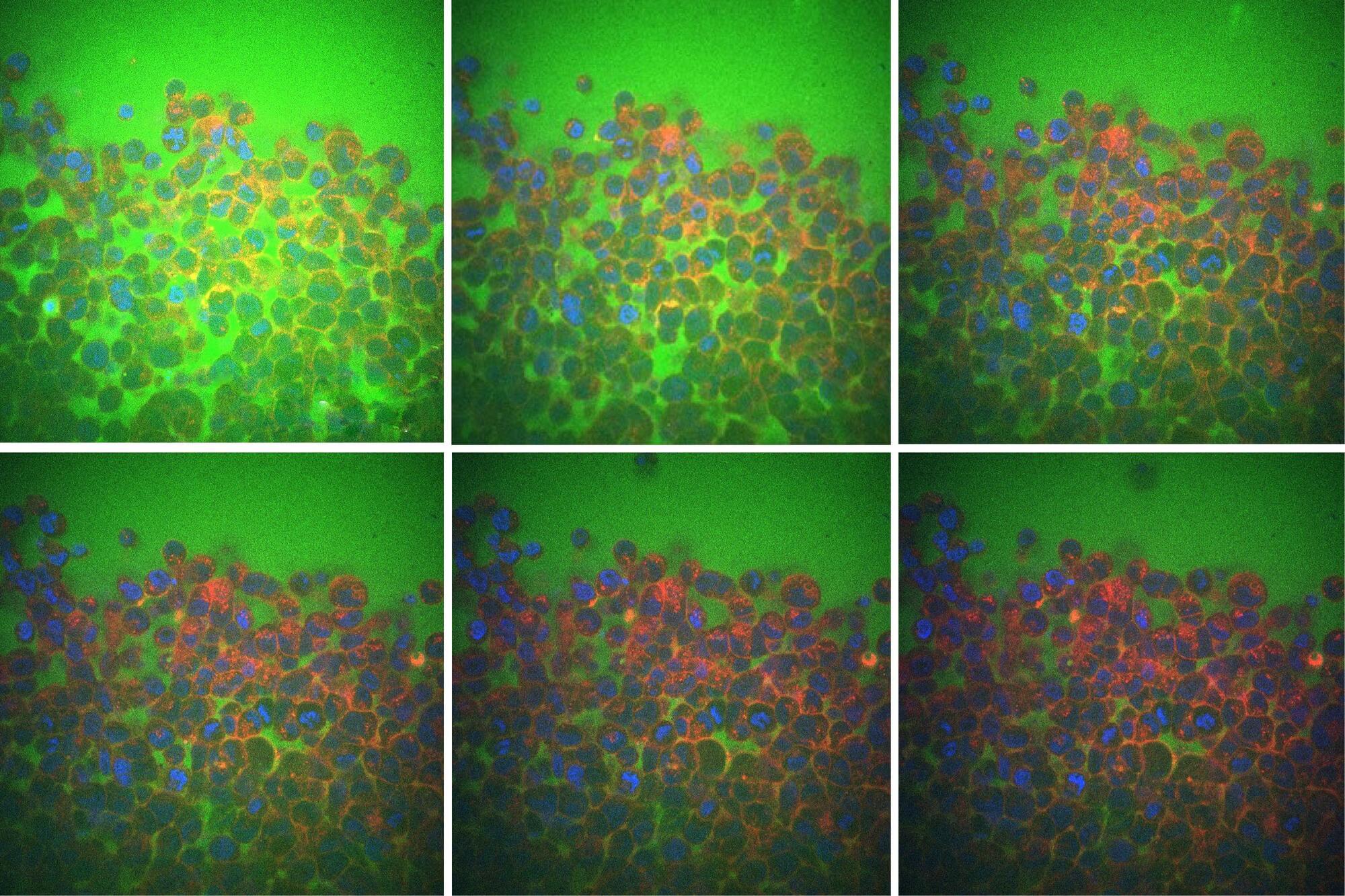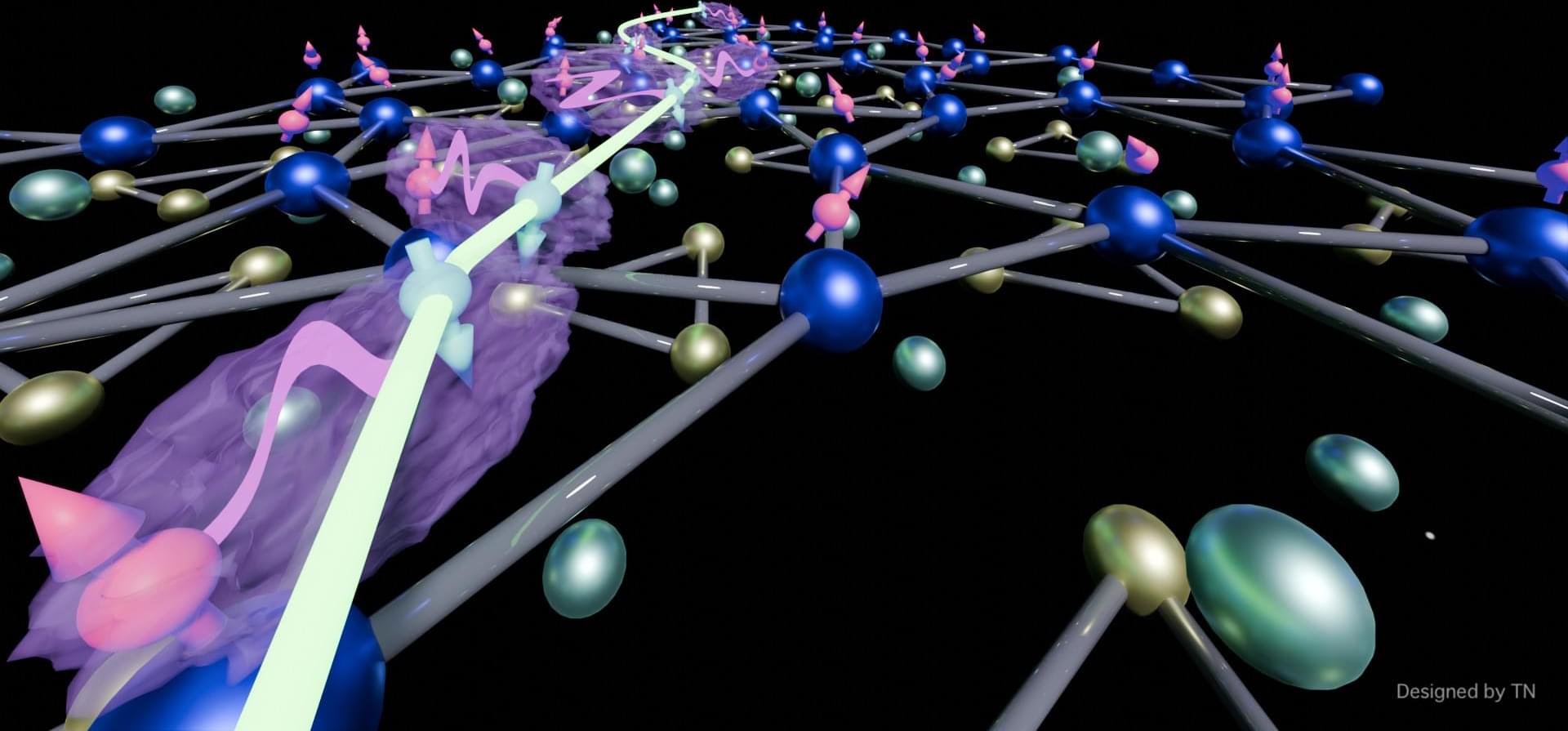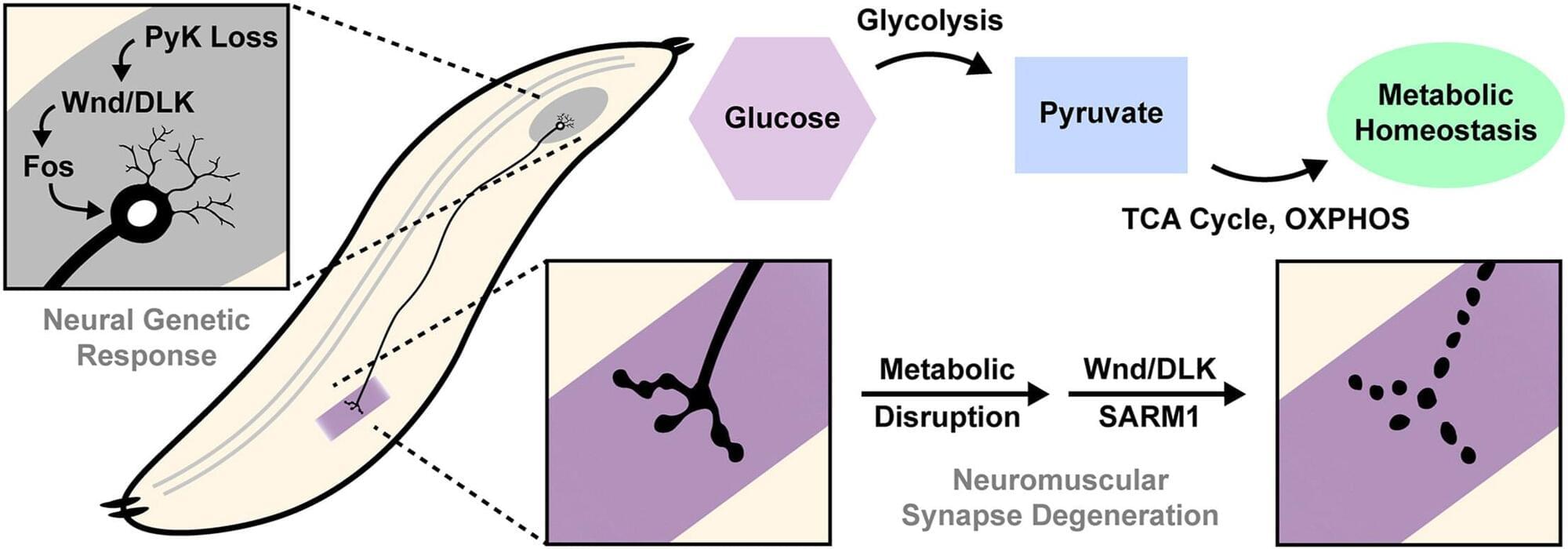Delve into the debate on whether reality is constructed from information. This article examines Wheeler’s theories and argues against the notion of information as substance.



When does aging really shift into overdrive? A new study suggests it may be sooner than you think.
Scientists at the Chinese Academy of Sciences studied proteins in tissue taken from about 70 people ages 14 to 68, according to the study published July 25 in the journal Cell.
These proteins give scientists a window of when the aging process may begin on a cellular level, said Dr. Thomas Blackwell, associate dean for graduate medical education and professor of medicine at the University of Texas Medical Branch.

Eight essential nutrients make up the suite of B vitamins also known as the B complex. Researchers from Tufts University and elsewhere have revealed that these B vitamins influence a vast spectrum of human health and disease, including cognitive function, cardiovascular health, gastric bypass recovery, neural tube defects, and even cancer.
“It’s hard to study the B vitamins in isolation,” says gastroenterologist Joel Mason, senior scientist at the Jean Mayer USDA Human Nutrition Research Center on Aging (HNRCA) and professor at the Gerald J. and Dorothy R. Friedman School of Nutrition Science and Policy and Tufts University School of Medicine. “Four of these B-vitamins cooperate as co-factors in many critical activities in cells in what we call ‘one carbon metabolism’.”
One carbon metabolism is a series of pathways that allow for the transfer of single-carbon units to cells for essential processes such as DNA synthesis, amino acid metabolism, and more. It’s their role in all these crucial biological functions that make the B vitamins so important-and so challenging to tease out how they contribute positively and, perhaps negatively, to human health.


Water makes up around 60 percent of the human body. More than half of this water sloshes around inside the cells that make up organs and tissues. Much of the remaining water flows in the nooks and crannies between cells, much like seawater between grains of sand.
Now, MIT engineers have found that this “intercellular” fluid plays a major role in how tissues respond when squeezed, pressed, or physically deformed. Their findings could help scientists understand how cells, tissues, and organs physically adapt to conditions such as aging, cancer, diabetes, and certain neuromuscular diseases.
In a paper appearing today in Nature Physics, the researchers show that when a tissue is pressed or squeezed, it is more compliant and relaxes more quickly when the fluid between its cells flows easily. When the cells are packed together and there is less room for intercellular flow, the tissue as a whole is stiffer and resists being pressed or squeezed.

We usually think of satellites as small objects orbiting planets or stars. But in the broader universe, galaxies themselves can have satellites—smaller galaxies bound by gravity that orbit a larger host, carrying with them stars, gas, dust, and dark matter.
Most of what we know about satellite galaxies comes from studying the Milky Way and other similarly large galaxies. But a new study led by Dartmouth astronomers broadens that understanding by exploring the satellites of dwarf galaxies—systems less than a tenth the size of the Milky Way.
The multi-institutional survey triples the number of dwarf galaxies surveyed for satellites, the researchers report in The Astrophysical Journal. The study identifies 355 candidate satellite galaxies, including 264 that were previously undocumented. The researchers suggest that 134 of these candidates are highly likely to be satellite galaxies.

Researchers from the National University of Singapore (NUS) have developed a groundbreaking carbon membrane that could revolutionise proton therapy for cancer patients, and advance technologies in medicine and other areas such as energy devices and flexible electronics.
The new carbon material which is just a single atom thick shows incredible promise in enabling high-precision proton beams. Such beams are key to safer and more accurate proton therapy for cancer treatment. The new material, called the ultra-clean monolayer amorphous carbon (UC-MAC), could outperform best in class materials like graphene or commercial carbon films.
The research was led by Associate Professor Lu Jiong and his team from the NUS Department of Chemistry, in collaboration with international partners.

NEW YORK, Aug. 5, 2025 /PRNewswire/ — A new study provides the first visual evidence showing that brain circuits in living animals can be activated by ultrasound waves projected into specific patterns (holograms).
Led by scientists at NYU Langone Health and at the University of Zurich and ETH Zurich in Switzerland, the study describes a system that combines sources of ultrasound waves and a fiber scope connected to a camera to visualize in study mice brain targets that are directly activated by the sound. This lays the groundwork, the study authors say, for a new way to treat neurological diseases and mental health disorders from outside of the body.
Already, there are applications approved by the Food and Drug Administration and designed to reduce tremor symptoms seen in Parkinson’s disease, using intense sound waves to kill brain cells called neurons within neural pathways linked to tremors. Rather than kill neurons, the lower-intensity ultrasound waves used in the current work can temporarily activate them, the researchers say. The resulting effects can be widespread as neurons relay messages to other neurons within their circuits and between interconnected neuronal circuits.

A joint research team from Japan has observed “heavy fermions,” electrons with dramatically enhanced mass, exhibiting quantum entanglement governed by the Planckian time – the fundamental unit of time in quantum mechanics. This discovery opens up exciting possibilities for harnessing this phenomenon in solid-state materials to develop a new type of quantum computer.

Unlike most cells in the human body, neurons—the functional cells of our nervous system—cannot typically replace themselves with healthy copies after being damaged.
Rather, after an injury from something like a stroke, concussion or neurodegenerative disease, neurons and their axons, fiber-like projections that relay electrical signals, are far more likely to degrade than regenerate.
But new research from the University of Michigan opens new ways to think about neurodegeneration that could help protect patients against that degradation and neurological decline in the future.